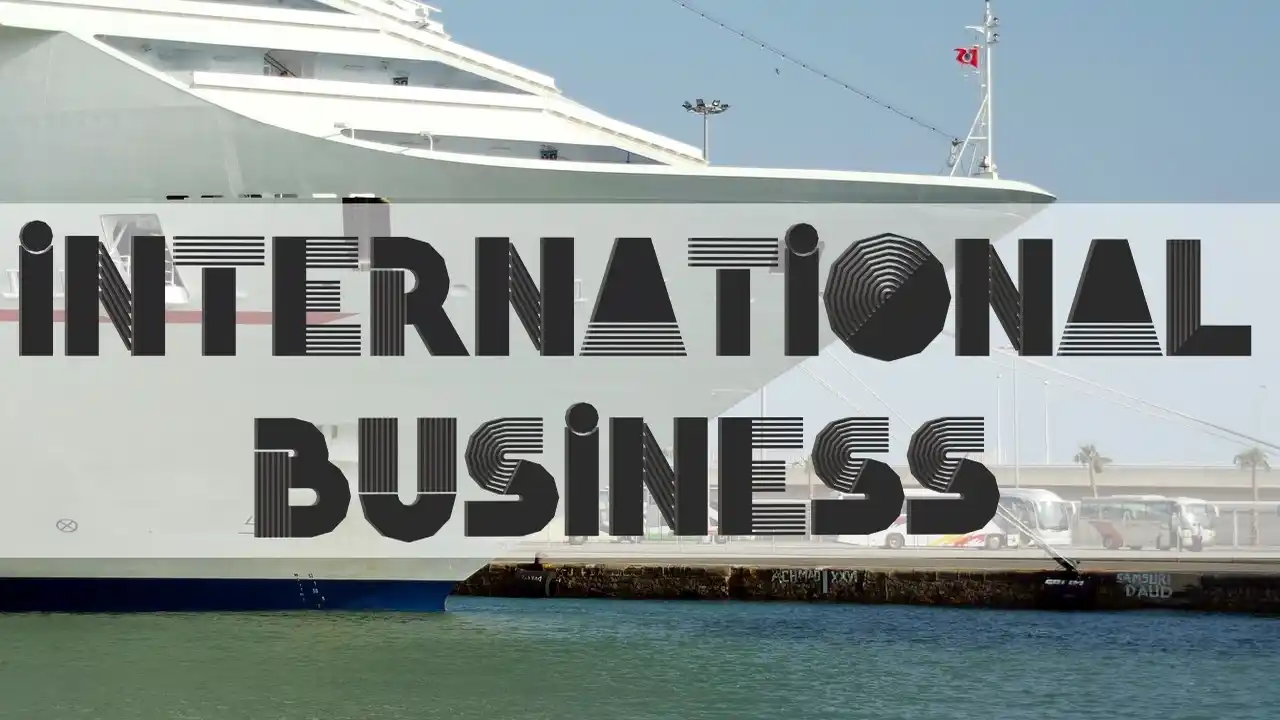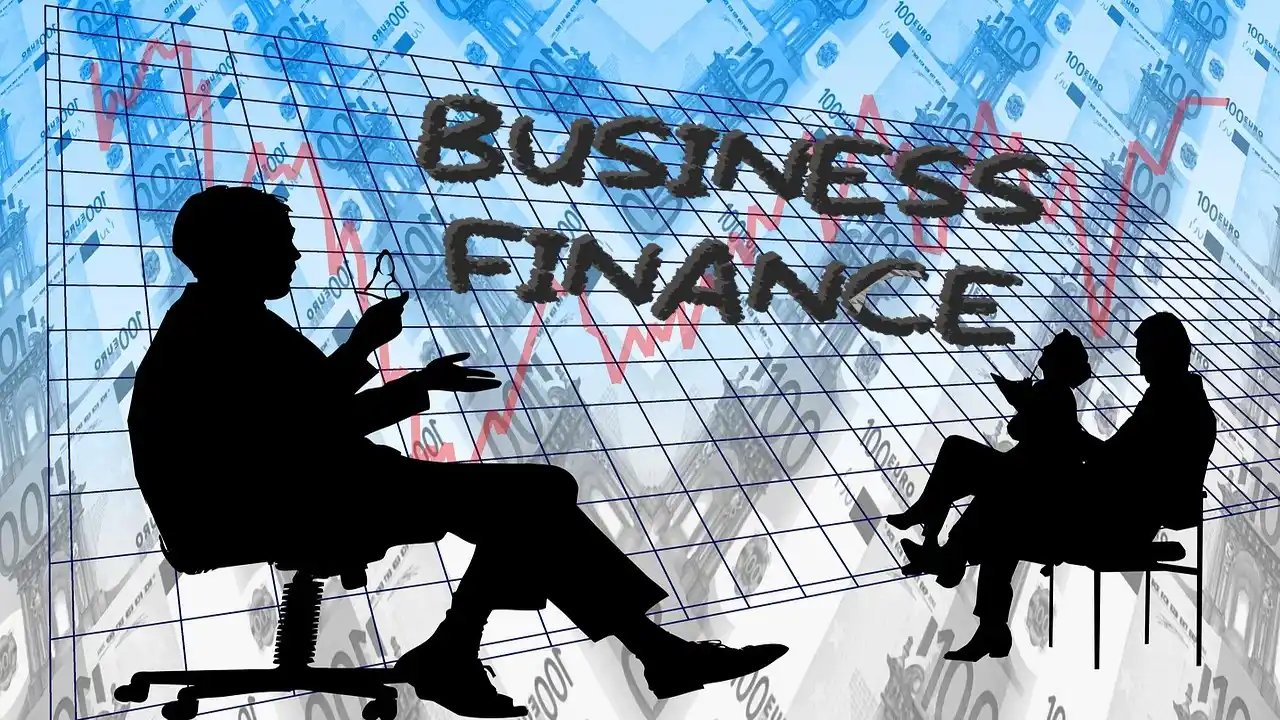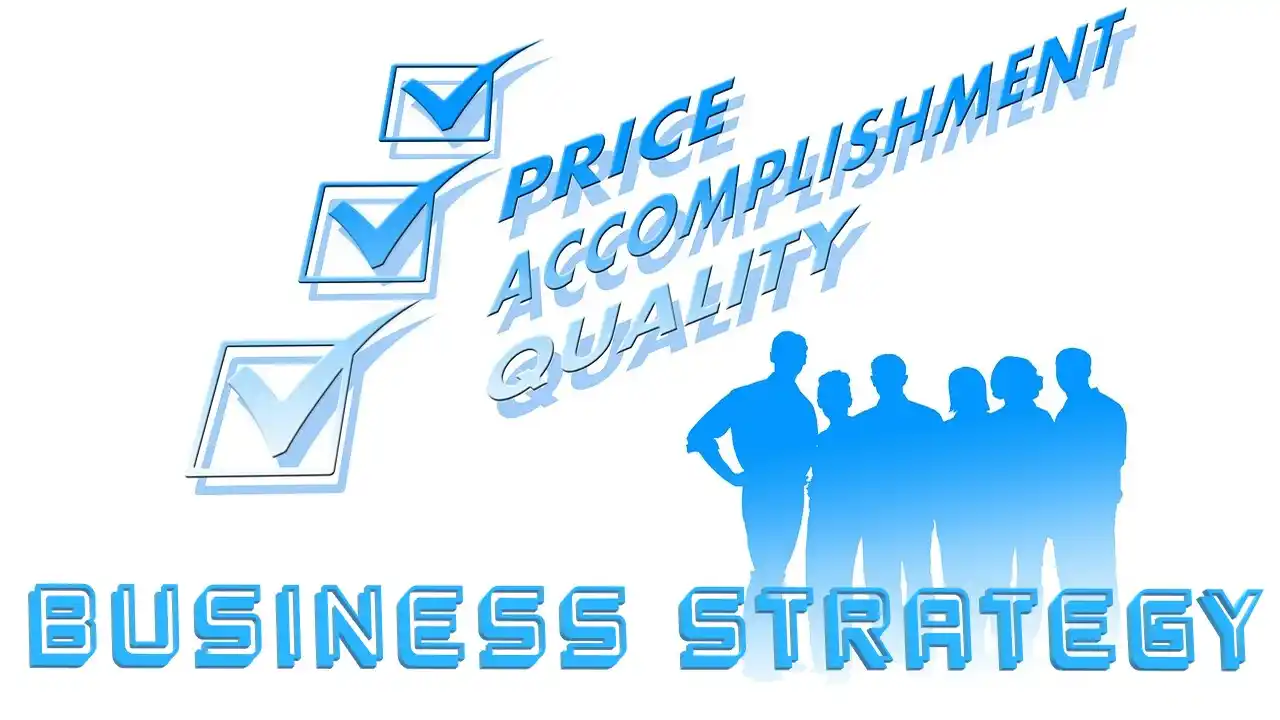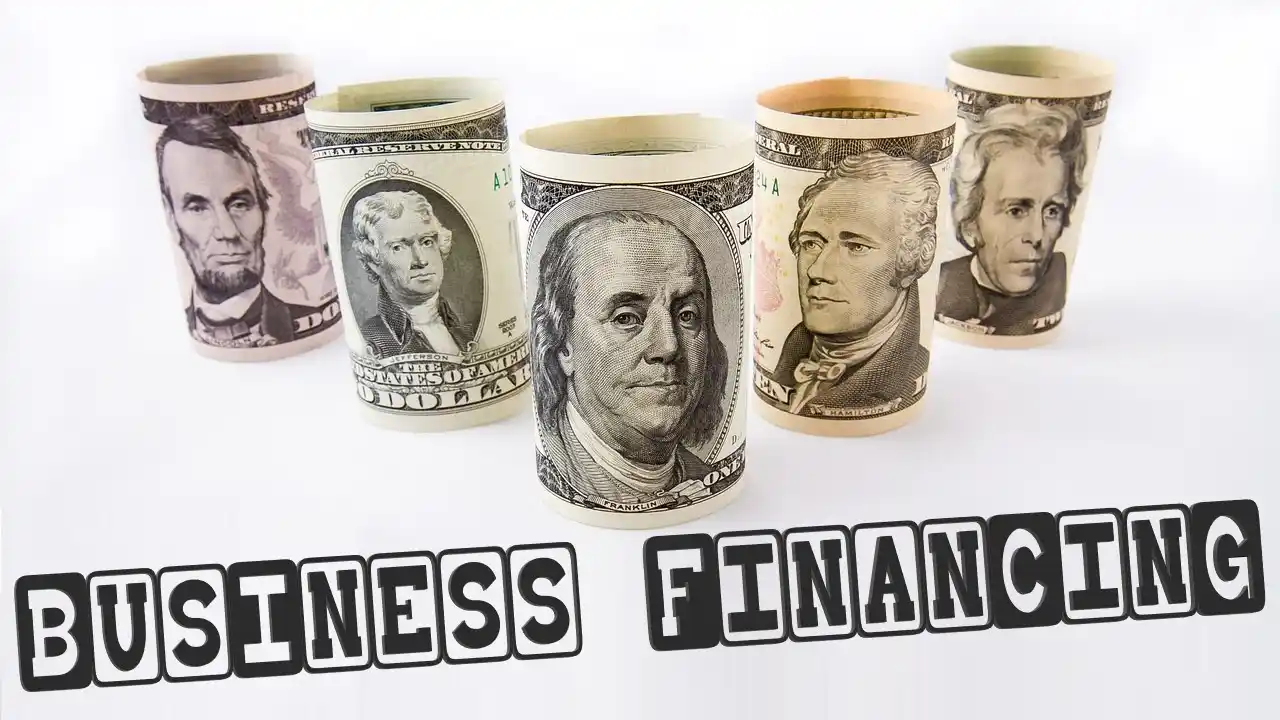When we think of e-business, the first thing that comes to mind is an online business transaction between a seller and a consumer. Even though this concept is correct, we could be more specific by classifying e-business into six distinct categories, each with its own characteristics. This article discusses in detail about types of e-business.
If you want to come up with new ideas and go against what people expect, and if you want your business to stand out from the competition, you’ll need to know what business plan works best for you and how to use it to earn more money. If you want to come up with new ideas and defy expectations, you must first determine the best business plan for you. To broaden your perspectives on process of business model subject, read more.
Top 10 – Types of E-business
When we say “doing business,” we are referring to the purchase and/or sale of goods and/or services. E-commerce, also known as “electronic business,” refers to the buying and selling of products and services over the Internet and other electronic channels of communication. This article provides an overview of the various types of online businesses, each of which is suitable for a particular type of business. This article discusses in detail about types of e-business.
G2B (Government to Business)
Governments use websites designed with the B2G model in mind for communicating with enterprises. These websites allow users to submit applications, participate in proposals and tenders, etc.
Government-to-business (G2B) is a method for the government and businesses to collaborate. Using government portals or other IT solutions, various levels of government provide services or information to a corporation.
Business to Consumer (B2C)
E-commerce, like the traditional business-to-consumer transactions, enables businesses to sell directly to consumers. On the other hand, this individual may be a business and not a typical customer.
When conducting business, individuals frequently deal with larger sums, more specific details, and extended lead times. If the purchase will be used repeatedly, the company that placed the order may be required to produce products that can be used repeatedly.
Consumer to Business (C2B)
A B2C model can view as the inverse of a C2B model. The C2B model, in contrast to the B2C model, allows customers to sell their products and services to other businesses. This method is commonly used in crowdsourcing projects, including logo creation and the sale of royalty-free images and design elements. This is good types of e-business.
Business to Government (B2G)
B2G is an online business model in which a corporation sells and markets its products to local, county, state, and federal government agencies. This strategy is predicated on competing with other companies and securing lucrative government contracts. Typically, a government entity will issue an RFP, which stands for “request for proposal,” and e-commerce businesses will be required to submit bids for these projects.
B2G is safer than doing commerce with other companies or individuals, but it is not identical. Government organizations move at a snail’s pace due to their organizational structure, which can severely limit their ability to generate revenue.
Consumer to Consumer (C2C)
A consumer can use digital media to sell used goods or services to other consumers with this business plan. The transaction is between two consumers. In this manner, transactions are conducted via a third-party platform. Examples of such websites include OLX and Quickr.
Consumer to Government (C2G)
C2G partnerships differ from conventional internet business relationships in that they permit consumers to communicate with administrations, agencies, or governments. Typically, these alliances are founded on the transfer of tasks rather than the exchange of services.
When you submit your federal tax return to the website of the Internal Revenue Service, you engage in an ebusiness transaction. (IRS). You can also pay your property taxes to the county assessor and your school or university tuition online.
Consumer to Business (C2B)
In B2C e-commerce, a company sells directly to consumers. A business that sells directly to consumers, also known as “business-to-consumer” or “B2C,” does not go through a middleman but instead interacts directly with the consumer.
The website of your local sporting goods store is an example of a business strategy that can be employed to market either products or services. (i.e. a lawncare mobile app to reserve landscaping services). This is by far the most prevalent form of business model, and it is likely what comes to mind when most people hear the term “e-business.” This is important types of e-business.
Government to Consumer (G2C)
Governments utilize G2C websites to generate interest in their activity. These websites facilitate the selling of automobiles, machinery, and other items. This type of website also allows registration for birth, marriage, and death certificates.
The primary objective of Government-to-public (G2C) websites is to reduce the time required for the government to respond to inquiries from the public for various types of services. This is another types of e-business.
Consumer to Administration (C2A)
The Consumer-to-Administration paradigm encompasses all electronic communications between private citizens and the government. Here are some examples of possible applications: Education entails practices such as knowledge sharing and distant education. Social Security – including dissemination of information, payment processing, and other related tasks.
Taxes include the completion of tax forms, payment of taxes, etc. Appointments, health-related information, payment for medical care, and other health-related matters. The B2A and C2A public administration models utilize technology to enhance government services’ efficiency and user-friendliness.
Business to Administration (B2A)
This aspect of e-business encompasses all online transactions between private businesses and government entities. This is a vast field that encompasses a vast array of services, particularly those pertaining to finances, social security, employment, legal documentation and registers, and other similar topics. In recent years, this category of services has expanded significantly. This is because the government has significantly increased its online spending. This is important types of e-business.
FAQ
What is the Term for Online Business?
E-business, also known as “electronic commerce,” is the purchase and sale of goods and services, as well as the transmission of payments or data, over an electronic network, typically the Internet. These commercial transactions may take place between businesses (B2B), between businesses and consumers (B2C), between consumers (C2C), or between businesses and consumers.
Where did E-commerce Begin?
Boston Computer Exchange was the first company to conduct commerce strictly online when it opened in 1982. It was primarily an online marketplace for buying and selling used computer products. With the rise of the Internet, a more standard form of store emerged.
What Information should be Provided in FAQ E-business?
The frequently asked questions for your online business should encompass a broad range of topics, including your brand and products, as well as your payment policy, return policy, and order cancellation policy, among others. In this section, it is essential to include any queries that apply to every customer who makes a purchase from your online store.
Final Words
There are three categories of e-commerce: business-to-business, such as Shopify, business-to-consumer, such as Amazon, and consumer-to-consumer. (websites such as eBay). To learn more, take a look at these types of e-business.






